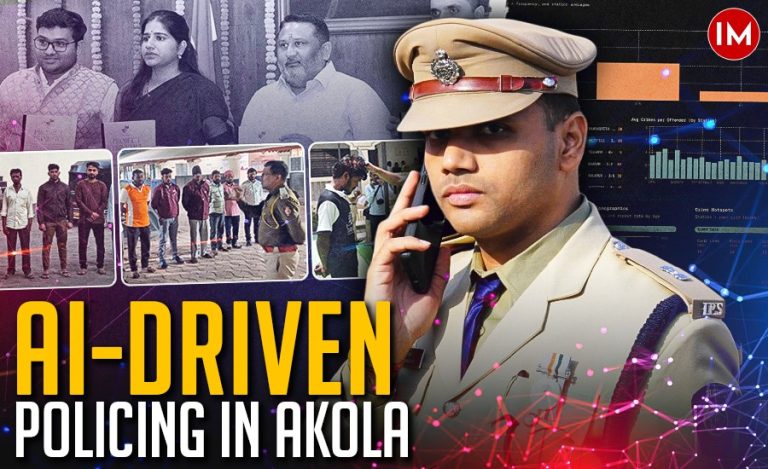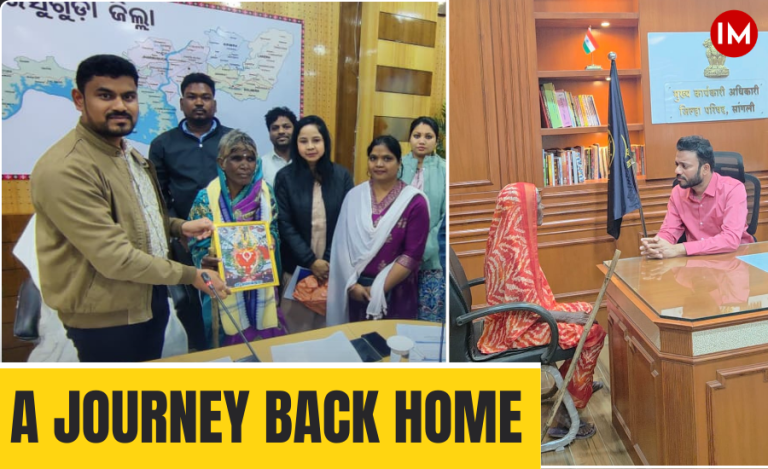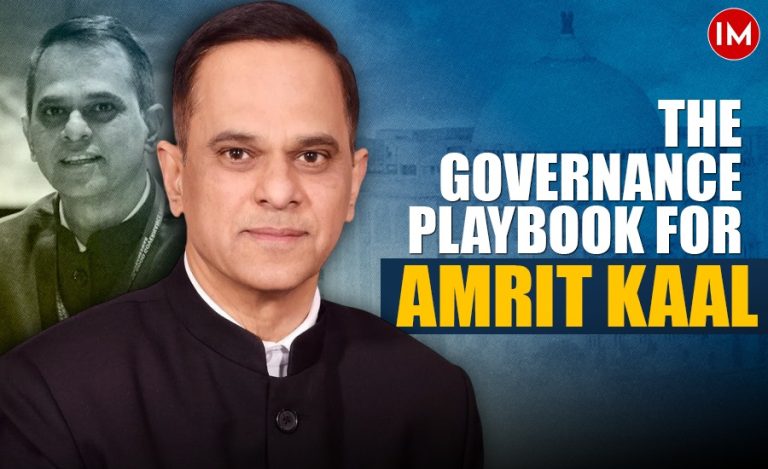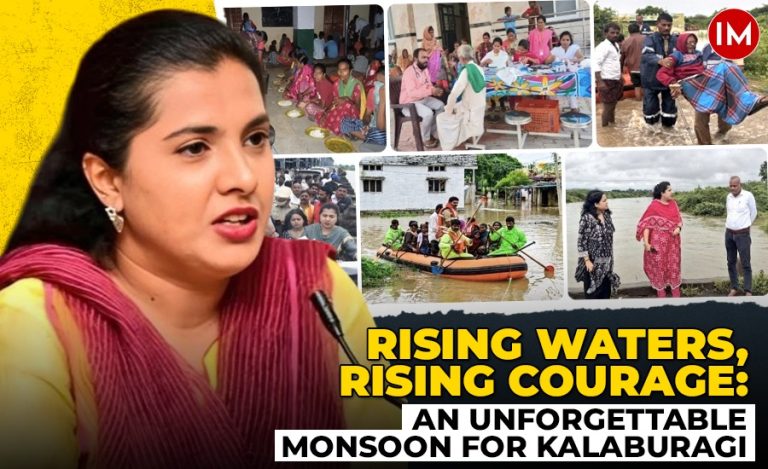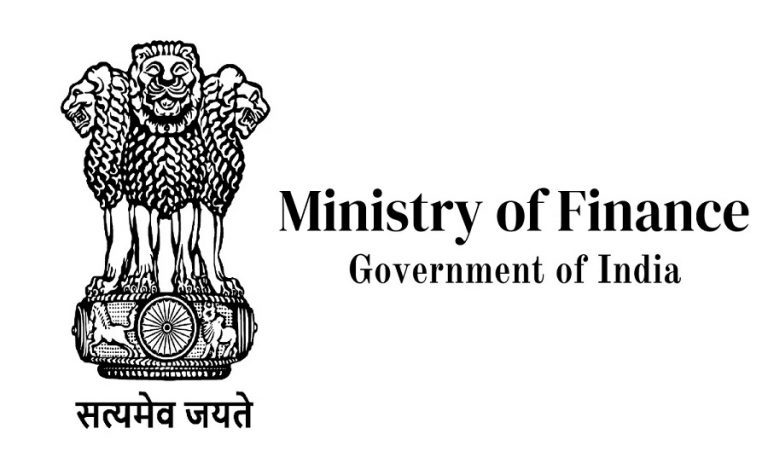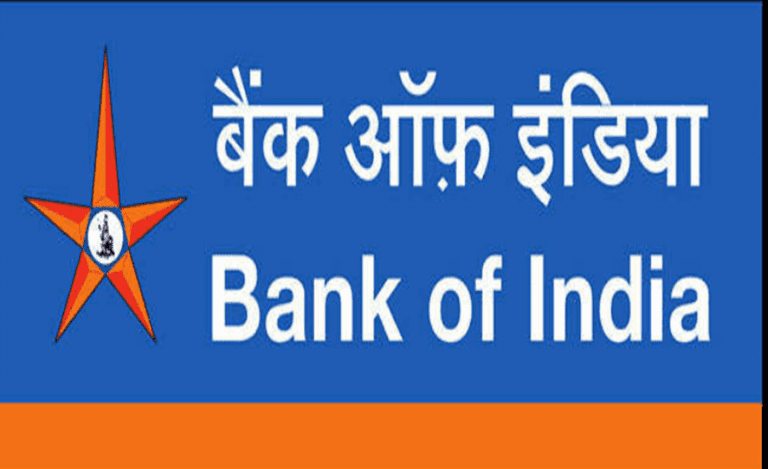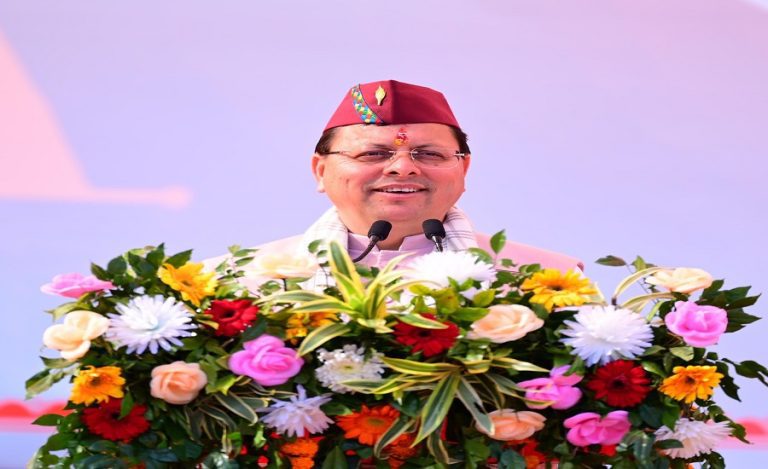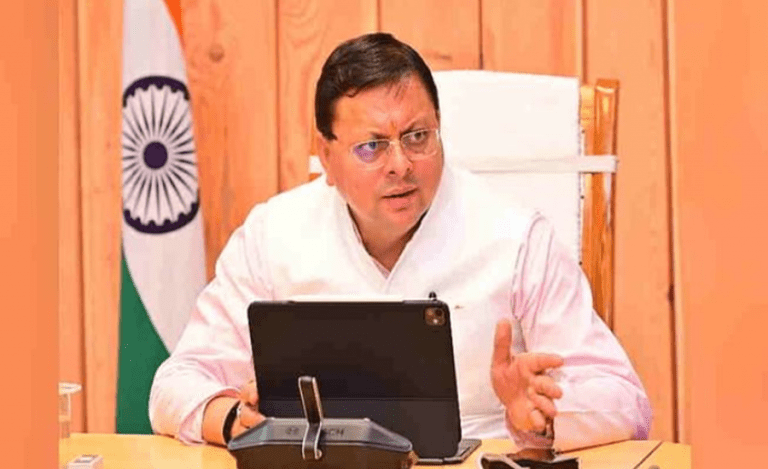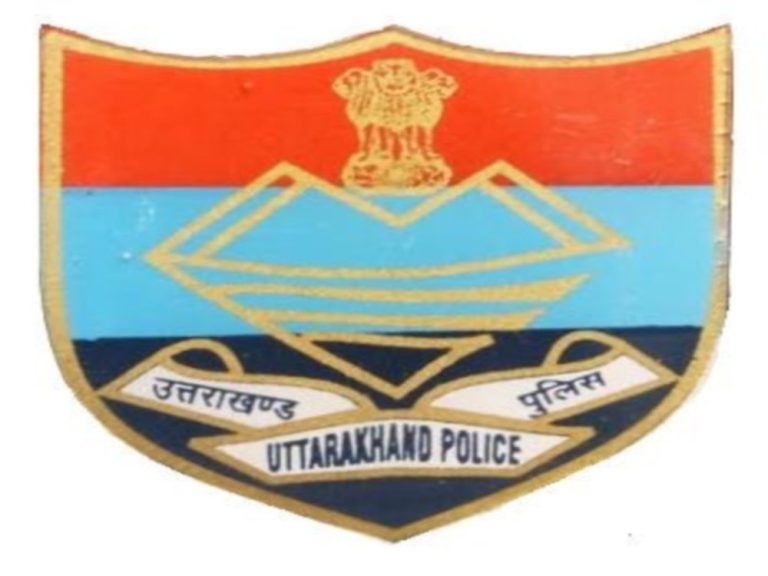When the 2024 batch IAS officer Smit Panchal looks back at his childhood in Ahmedabad, he remembers a home built not on abundance but on effort. His parents, first-generation migrants from a small village in Gujarat’s Aravalli district, had studied only till Class 10. His father worked as a blacksmith—welding, shaping iron, and making gates and grills—while his mother managed the home. Money was limited, opportunities were few, and expectations from life were modest.
But what Smit saw every day was his father leaving for work at dawn and returning with hands roughened by metal and heat. He saw a man who had moved to Ahmedabad in the late ’80s or early ’90s with nothing and slowly created a small business through hard labour. His parents could not finish their education, but they were determined that their children would. Smit and his sister eventually became the first graduates in the family.
A BOY WHO TOPPED DISTRICT EXAMS BUT KNEW VERY LITTLE ENGLISH
Smit studied in the Gujarati medium until Class 10, where he became one of the district toppers. It was a relative who first suggested that he could aim for the civil services. The idea felt distant, almost abstract, but Smit says it lit something inside him—
“For the first time, I felt that maybe someone like me could dream big too,” he shared with Indian Masterminds.
He chose Arts in Class 11–12, shifted to the English medium, and later completed his BA in Political Science from L.D. Arts College, Gujarat University, becoming a gold medalist.
FROM MUGGING NOTES TO UNDERSTANDING IDEAS
Those early years were far from smooth. English felt overwhelming at first. For nearly two years he memorised pages without understanding their meaning. It was only when he forced himself to treat English as a language—not an obstacle—that he began to grow.
Political Science became his anchor. His professors encouraged him to focus on ideas, not just notes. Smit says, “The day I stopped mugging and started understanding, everything changed for me.”
He carried this approach into his optional preparation later.
DELHI: WHERE THE REAL PREPARATION BEGAN
After graduation, Smit moved to Delhi to prepare full-time. Coaching gave structure, but it also highlighted gaps, especially in analytical subjects like Economy, Environment, and Science & Tech.
To manage this, he divided his GS preparation into two categories:
- Confidence-Building Subjects: History, Geography, Polity
- Heavy Subjects: Economy, Sci-Tech, Environment
He began his day with the easier subjects to build rhythm, then moved to the tough ones once he felt mentally warmed up.
FIRST ATTEMPT
The first attempt did not go well. He approached Prelims the way people approach Mains—bulky notes, no mock-test discipline, and complete negligence of CSAT. On exam day, panic took over. He changed five answers in the last five minutes; all were wrong. He missed the cutoff by those exact marks.
This failure hit him deeply—not just emotionally, but financially. To fund test series and books, he worked at the reception of a local coaching institute.
THE YEAR EVERYTHING CHANGED
For the second attempt, Smit restructured everything.
Prelims:
- Made micro-strategies for each subject
- Wrote maximum mocks at the exact time of the actual exam
- Practised CSAT targeting his strengths (reasoning & comprehension)
- Dropped the habit of reading newspapers daily; relied on yearly compilations + one reliable Telegram channel
Learnt to skip tempting questions—
“UPSC rewards discipline, not impulsiveness.”
Mains (With Just 90 Days in Hand):
He quit his job in March, giving himself three months:
- Three 3-hour slots every day
- Wrote two GS papers + one optional paper almost daily
- Prepared theme-wise rather than book-wise
- Identified “inbox topics”—areas he knew he could score full marks in
- Used diagrams, flowcharts, government documents, and neat presentation
- Studied toppers’ copies not to imitate, but to learn how they added value
He often told friends,
“If you master your strengths, UPSC cannot break you.”
Essay:
He kept his approach simple—clear structure, depth of ideas, and originality.
A DAF Designed with Intention
Smit approached the Interview stage strategically. He filled his DAF in a way that invited questions he could handle:
- Hobbies like Rubik’s Cube, perspective drawing, and tabla
- Specific details about his gold medal
- Information about his native place
This gave the board multiple comfortable entry points.
THE INTERVIEW
But the interview did not begin with any of the expected topics. The very first question was on commercialization of the space sector—something he had no background in. He paused, stayed calm, relied on common sense, and gave a balanced response using basic understanding from current affairs.
But from January to April, he genuinely believed he would not pass. To support the household, he returned to his father’s welding shop. He also gave state PSC, clerk, and head-clerk exams—anything that could bring a monthly income.
Smit had decided that this would be his last UPSC attempt.
THEN CAME RANK 30
When the final list was released and his name appeared as All India Rank 30, his home in Ahmedabad changed overnight.
His mother—who had always been anxious about him taking arts—broke down in joy. Relatives poured in and everyone was so happy.
Smit says he didn’t chase the IAS for prestige or power. He simply wanted his parents to smile without hesitation, to see them enjoy a life they never had the chance to live.
“My biggest success is that my parents can finally rest.”
He often reflects on his journey and says, “Nothing I achieved was extraordinary—just consistent effort done with honesty.”
IAS Smit Panchal’s story is not about extraordinary privilege or academic genius. It is the story of a young man who stepped out of his comfort zone, learned new languages, rebuilt himself after failure, trusted his instincts, and worked with quiet consistency for years.
In the end, it was not one big breakthrough—it was a collection of small, determined steps that led him to Rank 30.



